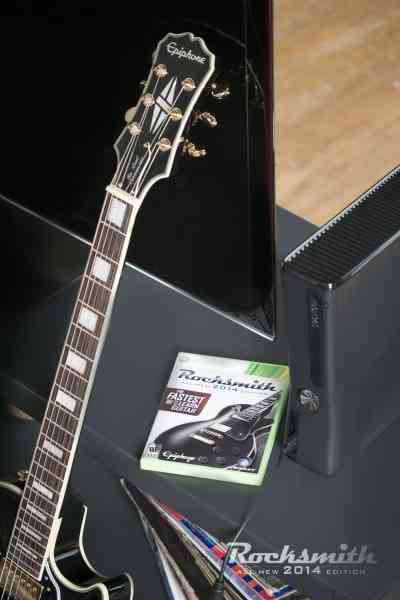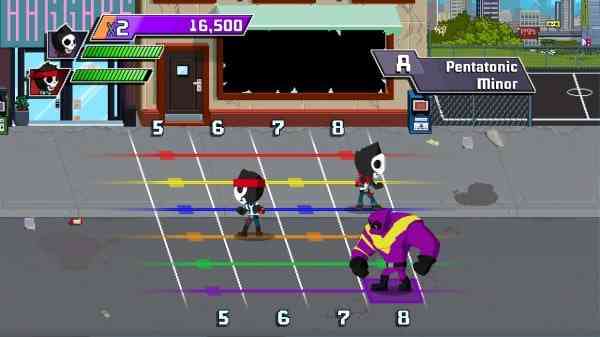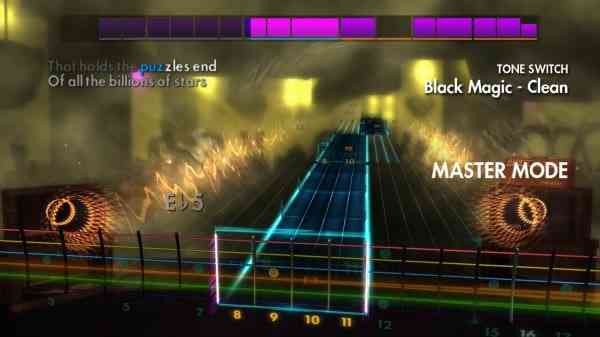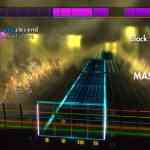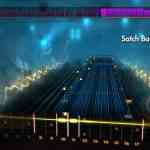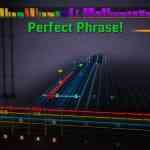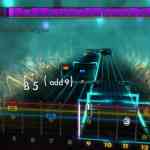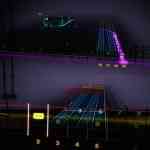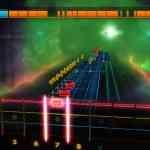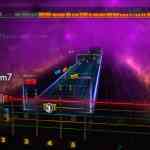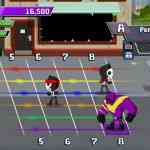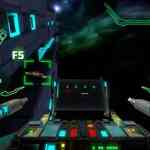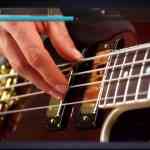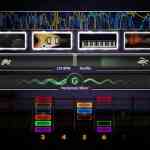I have never taken any sort of guitar lessons; I can read some music and I tend to play mostly by ear, so while I can play pretty well I’m no virtuoso. When games like Rock Band and Guitar Hero had their days in the spotlight I would turn my nose up at them. These games did not teach one how to play a real guitar or master any sort of chord progressions. I could see how fun it was to just hit the colored buttons and seemingly make music, but it kind of screwed me up. The few times I tried to play them I had a hard time trying not play the real chords and structure. When the original Rocksmith arrived in 2011 I thought that it certainly was an ambitious undertaking to try to dethrone fake guitar playing, after all those games with plastic guitars had a firm grip on the music genre and they still have a huge following.
One of the toughest things about playing guitar is actual steps of learning to play it…did that make sense? Nothing will ever replace the advantages of having a real live human being teaching you in a one-on-one setting, but with some perseverance and gumption the Rocksmith experience can certainly be a great teaching tool while remaining fun. Rocksmith 2014 Edition has improved on almost every aspect of the original game from a couple of years ago, from the menus and modes to the selection of songs, things have been updated and optimized.
This year the games journey mode has been gutted; in its place is the new mission mode. This mode lets you decide your musical path or style, whether it is rhythm, lead or bass guitar. It does a great job guiding you at your own pace and recommends directions in which you should go. The choice is entirely your own though, which is refreshing since the old journey mode was quite regimented and tough to boot.
While the game has number small tweaks and improvements by far the biggest and most important change to Rocksmith in my opinion is the overhauling of the riff repeater. You now have an incredible amount of control over the speeds, difficulty and duration of whatever riff you wish to focus on. You can now isolate highlighted sections of music at any time, and this ‘anytime’ feature is the key. The original Rocksmith had a similar feature, but it could not be accessed on the fly like Rocksmith 2014. It is handy in its own right, but the quick accessing makes learning certain sections much easier. You can also custom set your speed and keep your difficulty setting high. Once you’ve begun to master the section or song the game slowly ups your speed and adds more notes (difficulty) to the point that you may not even notice that you can play it with confidence. Reaching this eventual point makes the mode fantastic, in some cases you’ll wonder how managed through such a difficult area. I could play in this area of the game for long periods of time trying just to master key songs or certain sections of a particular song.
Another notable addition to Rocksmith 2014 is the session mode. For those tablature players and ‘fly by the seat of your pants’ kind of people this mode is built for you. You pick your style and tempo while your hand picked band keeps time. Besides the riff repeater mode the session mode is probably my favorite. It is uniquely innovative and thoroughly fun. You just pick the instruments of your virtual band and you play your guitar like you’ve never played it before. What’s fun is the band reacts to your playing, so if you go nuts the band matches your tempo and style. It is a serious way of learning your way around the fret board. You can also play with a buddy making for even more interesting musical mayhem. One downer is the lack being able to record and save such sessions. It seems a bit strange not being able to save your jams, or at the very least load them up to the leader board in some sort of fashion. Perhaps this could be an update; otherwise many riffs will be lost forever…
The game also has the Guitarcade for those gamers looking for more of a gaming aspect from Rocksmith. This mode has a bunch of arcade style mini-games, which teaches certain aspects of guitar playing like scales and finger placements. They can be fun to play as the lessons are masked with 16-bit stylized graphics. The styles are fun and cute at times, and can range from shooters to 2D fighting.
One of my gripes from Rocksmith was the clunky presentation and annoying load times, by the time some things got loaded up and going I lost some interest; however, this time around these issues have all been expunged. The menus and modes are very streamlined this time around with little to zero loading or waiting. This keeps the action fresh and interest very high. I did find there was a bit of a lag issue during my initial set-up, but with some fine-tuning it also disappeared. The game comes in an oversize box with a long cord to plug your guitar into the Xbox USB ports.
On the visual front Rocksmith has never looked better, although dressing up notes placed on fret boards can be a little difficult. Most of your attention is focused on the guitar and its neck, and your own guitar. I must admit, as the finger placements go flying by it can be a little cluttered looking and confusing, but as you learn your clarity increases. The whole game has been given a fresher cleaner look, which also helps in the fun factor.
On the sound side of things once again Rocksmith delivers. You can custom set your sound through actual guitar tones thanks to emulation tools from big time amp makers. I have a Marshall stack I play through at home for real. Rocksmith 2014 includes emulated sound from a few different amps and cabinets from Marshall along with a couple of other companies. You can hear the differences between the sounds generated from each of them. I personally love the deep thick sound of Marshall and I can hear it in the game. There can be a bit of latency from the HDMI cable with notes coming through a split second later, but overall you will be hard pressed to gripe about it.
I remember the original Rocksmith having a small but very nice repertoire of songs available for play. Rocksmith 2014 has over 50 new songs to play through covering many different genres. The selection of music is a strong collection spanning several decades of music, including a variety of bands and artists from Dylan to Slayer. There has already been some DLC adding more songs and more bands. Incidentally, if you own the original Rocksmith you can import the entire track list including DLC for a one-time fee.
I did not think it could be done, but Rocksmith 2014 Edition is even better than its predecessor. The original game was a fantastic teaching tool with a little bit of fun added in, and while Rocksmith 2014 Edition is once again a great guitar teaching tool, it has a whole lot more fun included this time around. This fun factor blurs the lines somewhat as it is way more enjoyable this time around, or at least it feels that way and you may not consider it a guitar-teaching tool at all, which in itself is a testament to the development crew. The biggest issue you may run into is that you may not have your own electric guitar, but buy one, rent one, or borrow one from your school or a friend, it will be worth it. For those that think Rocksmith 2014 Edition is merely just an update with new songs, grab your axe and be prepared to be blown away.
